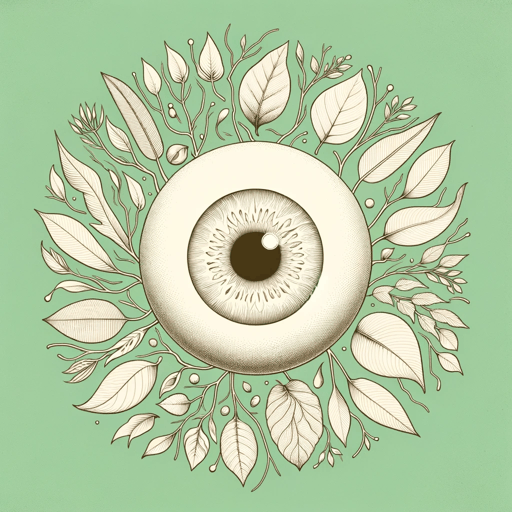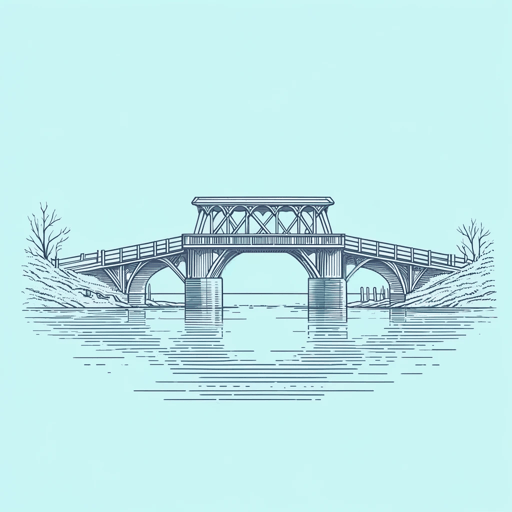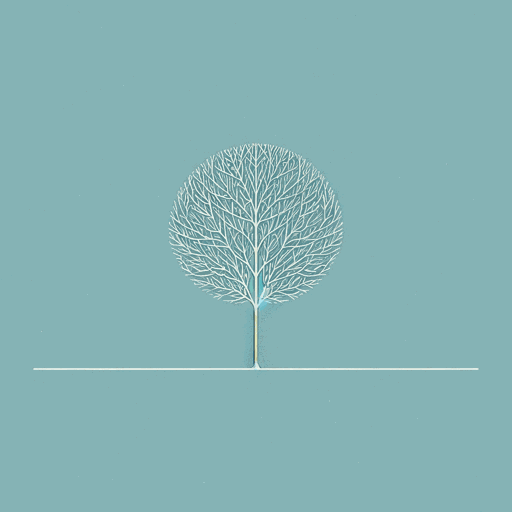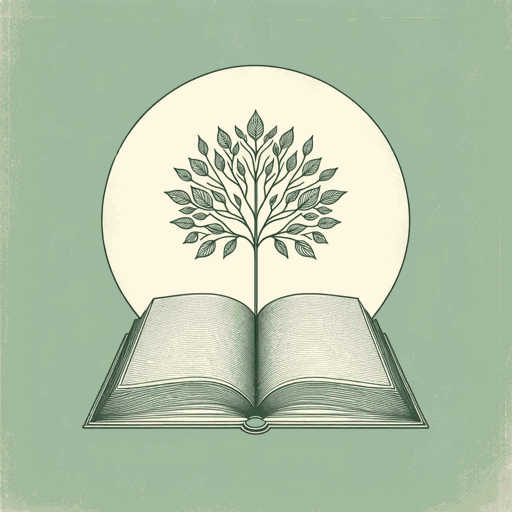48 pages • 1 hour read
Ralph Waldo EmersonNature
Nonfiction | Essay / Speech | Adult | Published in 1836A modern alternative to SparkNotes and CliffsNotes, SuperSummary offers high-quality Study Guides with detailed chapter summaries and analysis of major themes, characters, and more. For select classroom titles, we also provide Teaching Guides with discussion and quiz questions to prompt student engagement.
Activity
Emerson’s language in “Nature” is rich with visual imagery that finds expression in the landscape paintings of the Hudson River School of Art. You can read more about this mid-19th-century movement here, and, for more context, review the resource listed above, Transcendentalism and the Hudson River School of Art.
Part A: After familiarizing yourself with the key elements of the Hudson River School, look closely at one of its representative paintings (such as Thomas Cole’s "View from Mount Holyoke", Asher Brown Durand’s "Kindred Spirits", or another of your choosing). Note the features of the painting, including not just the subject matter, but also its emphasis, proportion, rhythm, and symbolism. Using either a digital or paper medium, record those features of the painting that correspond with Emerson’s ideas about nature, and for each painting feature, provide a sentence or two from “Nature” that shows this correspondence.
Part B: Extend the ideas you’ve developed for the Hudson River School painting to a modern visual artifact of your choosing. Select an existing photo or picture (giving credit to the artist) or create your own piece of art that illustrates some of Emerson’s main ideas about nature or the human-nature relationship.
Related Titles
By Ralph Waldo Emerson
Featured Collections
American Literature
View Collection
Beauty
View Collection
Books & Literature
View Collection
Essays & Speeches
View Collection
Philosophy, Logic, & Ethics
View Collection
Required Reading Lists
View Collection
School Book List Titles
View Collection
Science & Nature
View Collection
Transcendentalism
View Collection





